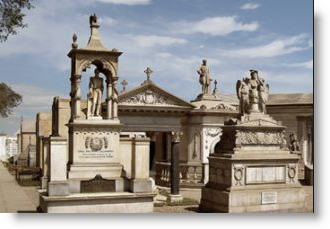 Peruvian legislators are to begin debating a proposal for new legislation to provide tax incentives for donations and investment in the restoration and conservation of hundreds of historical monuments and real-estate in Lima, according to state news agency Andina .
Peruvian legislators are to begin debating a proposal for new legislation to provide tax incentives for donations and investment in the restoration and conservation of hundreds of historical monuments and real-estate in Lima, according to state news agency Andina .
The motion, presented on Wednesday to Congress’ Culture Commission, is a proposal developed jointly by the Municipality of Lima and the Ministry of Culture.
According to Pedro Pablo Alayza, culture manager at city hall, the proposal would facilitate private investment in historical conservation. The municipality is specifically focusing at present on 649 monuments and 1,279 properties in central Lima —which is a UNESCO World Heritage area — and the Barrios Altos district. The latter includes the Presbitero Maestro Cemetery, the first civilian cemetery on the continent (people were buried in the catacombs of churches prior to 1800) and a virtual art gallery of marble sculptures and mausoleums.
Lima is dotted with dozens of pre-Columbian “huacas” or ceremonial sites, as well as colonial churches and mansions. However, many of the sites have been neglected, while some get torn down by developers and vandalized and others are at risk of collapsing in the event of an earthquake.
Travelers to Peru will often see just a handful of the sites in Lima before moving on to top attractions like Machu Picchu in the southern highlands and important ruins like Chan Chan and the Huacas del Sol and La Luna on the north coast.
As an example, Alayza cites these two north coast huacas, where the archaeological program to restore magnificent Moche-era friezes has been financed since 1992 by Backus.
The city has had several projects in the past to maintain its historical legacy, particularly during Mayor Alberto Andrade’s tenure (1995-2002), when an innovative “adopt a balcony” program was launched and several plazas were restored, including the Plaza de Armas. In the same decade, the Patronato de Lima achieved donations to restore several buildings, and the Spanish international cooperation institute donated the complete restoration of the Casa de Osambela.
Alayza indicates that the plan to seek ways to attract private investment will not only make these sites more attractive to tourists but improves the urban landscape, the value of surrounding property, and the pride and self-esteem of the neighborhoods.





